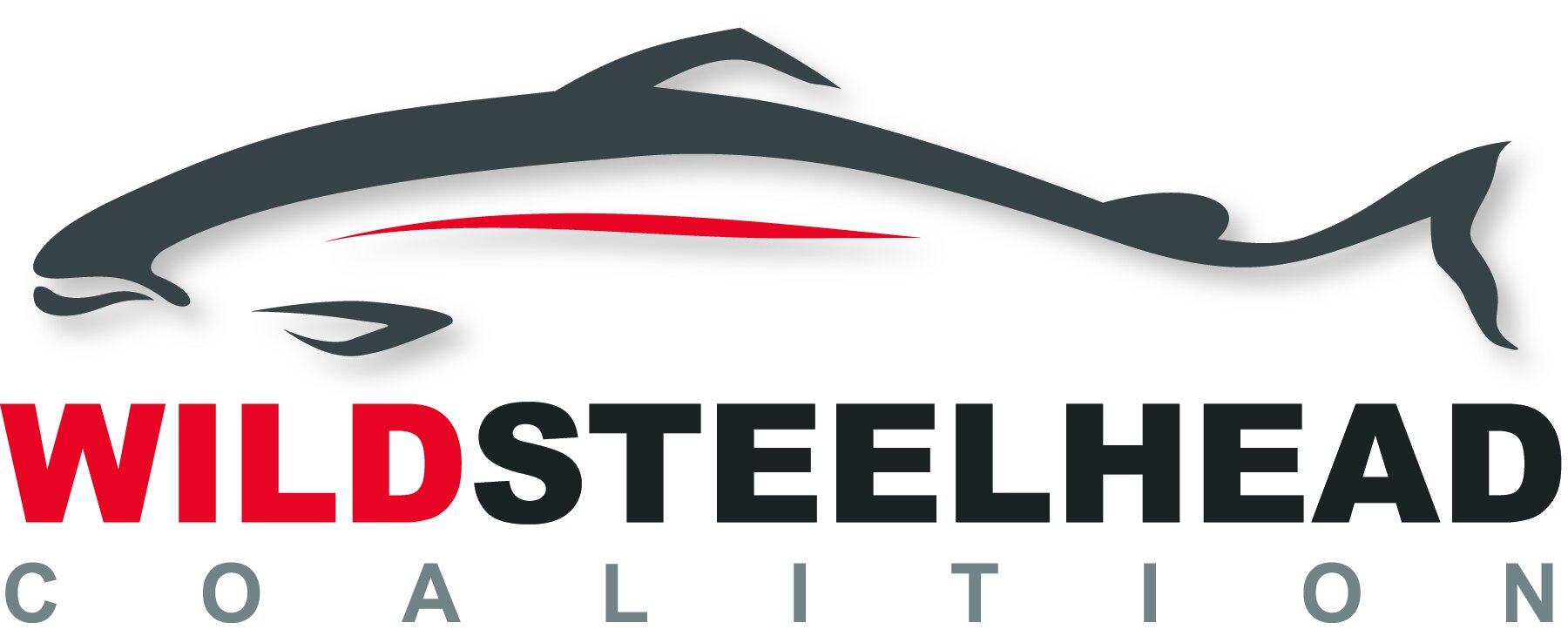Columbia Basin Pinniped Cull Expands
In an effort to protect endangered salmon and steelhead, federal agencies have recently granted permission for Washington, Oregon and Idaho wildlife management agencies and six regional tribes to kill hundreds of California and Stellar sea lions in the lower Columbia River and its tributaries over the next five years. Up to 176 Steller sea lions and 540 California sea lions could be removed under the expanded permit. The sea lions feed aggressively on adult salmon and steelhead, especially where the migrating fish are artificially corralled below fish ladders at dams. The regulation change is expected to prevent thousands of Columbia Basin salmon and steelhead from being eaten each year.
It is a controversial step. Years of pinniped hazing and relocation efforts have proven ineffective at preventing large-scale salmon and steelhead predation. The aggressive pinnipeds simply return as soon as they can and continue to devastate migrating fish numbers. For years, many in the angling and commercial fishing communities have called for more serious interventions on sea lion populations, but it is a unpopular policy among the general public.
Seals, sea lions and other marine mammals had been hunted almost to extinction by the time the Marine Mammal Protection Act was passed by Congress in 1972. Since then, their numbers have grown substantially and they are now a common sight up and down coastal watersheds. As their populations grew, so did their impact on precipitously declining salmon and steelhead numbers.
Two years ago, Congress authorized changes to the Marine Mammal Protection Act to allow for limited, lethal management of pinnipeds, an acknowledgment of their healthy numbers and predation impacts on Columbia Basin salmon and steelhead populations listed as threatened or endangered under the Endangered Species Act. A small number of pinnipeds had been removed previously. In 2019, the Oregon Fish and Wildlife Department culled 33 sea lions at Willamette Falls, where they gather to prey on winter steelhead. This cull is believed to have prevented nearly 1400 winter steelhead from being eaten. Out of a run size of approximately 5500 total fish, this represents a sizable portion of adult steelhead that were able to continue migrating and, hopefully, spawn successfully.
The Wild Steelhead Coalition understands and supports the upcoming pinniped cull, but not without acknowledging the larger factors suppressing salmon and steelhead in the Columbia Basin. Sea Lion predation has an outsized impact on salmon and steelhead numbers because populations have been brought low by dams, habitat loss and overharvest.
The sea lions are taking advantage of fish forced to gather at the base of dams where they become easy pickings for the hungry marine mammals. Pinniped predation has an outsized effect on fish numbers because of how many sea lions are now present and how few salmon and steelhead are returning to the Columbia Basin compared to their historical abundance. While pinniped predation especially impacts returning adult salmon and steelhead, out-migrating smolts also suffer huge losses to Caspian Terns and warmwater invasive fish species like walleyes, smallmouth bass and channel catfish. All of these predatory effects should also be widely acknowledged and limited as much as possible.
While we certainly hope, and expect, that culling a small number of sea lions will allow more adult salmon and steelhead to reach their spawning gravel, something these native fish populations desperately need, we must understand that this alone won’t save these fish. It is time for state and federal agencies, and communities in Washington, Oregon and Idaho, to commit to increased fish passage, smolt survival, effective water temperature management, responsible angling and harvest practices, and habitat restoration throughout the Columbia and Snake watershed. Breaching the four outdated dams on the Lower Snake River is a crucial part of the solution and must happen as soon as possible.
These are the fundamental threats to salmon and steelhead and the systemic reasons for native fish declines in the Columbia Basin. While addressing excessive pinniped predation is an important piece of the puzzle, without drastic, holistic changes to restore and better manage the Columbia and Snake Rivers, killing a few sea lions each year won’t be enough to prevent salmon and steelhead extinction.
Photo: “California Sea Lion Preys on Salmon” by NOAA Fisheries West Coast is licensed under CC BY-NC-ND 2.0. To view a copy of this license, visit https://creativecommons.org/licenses/by-nc-nd/2.0/

